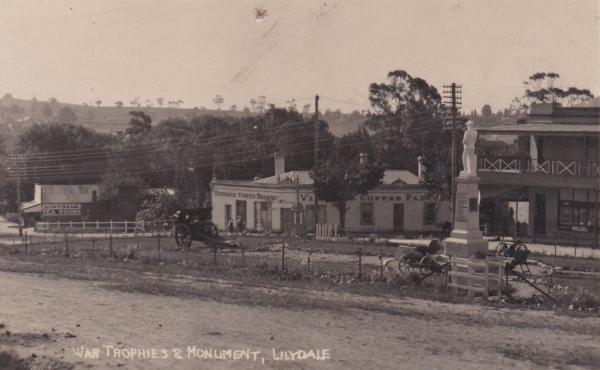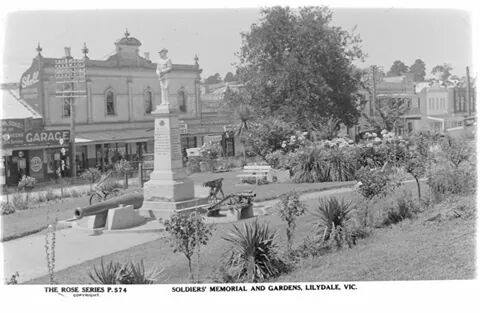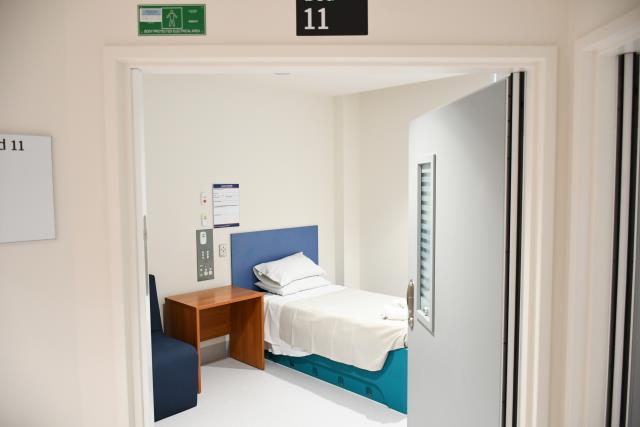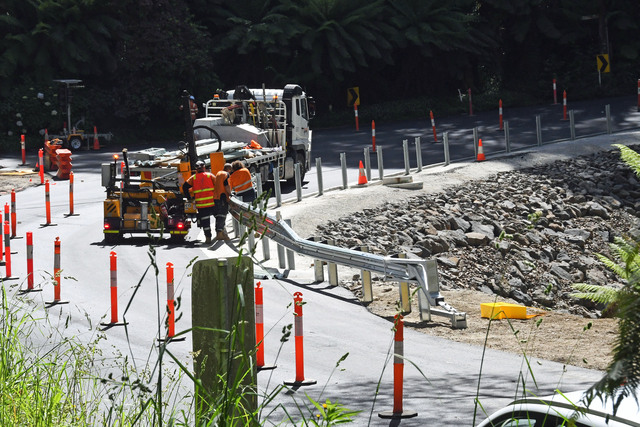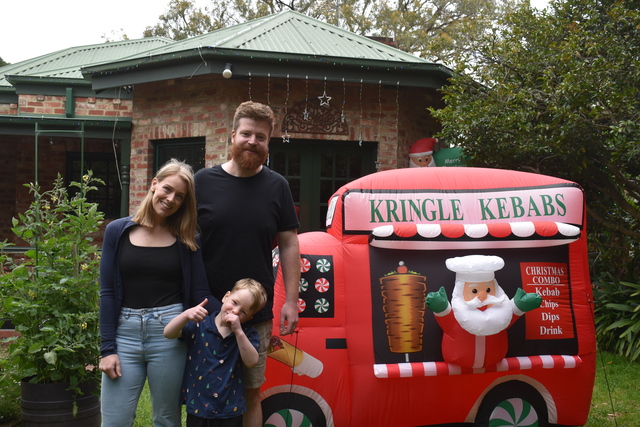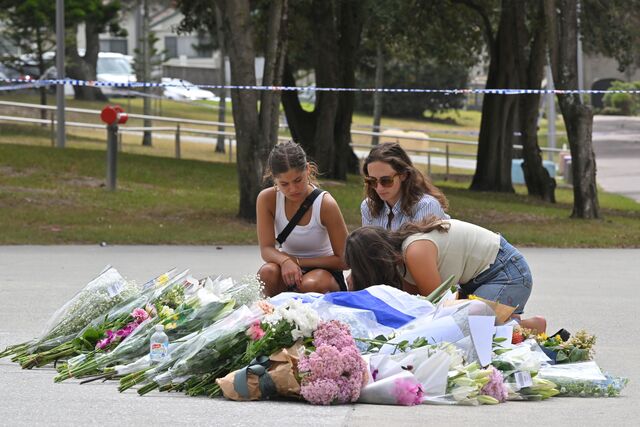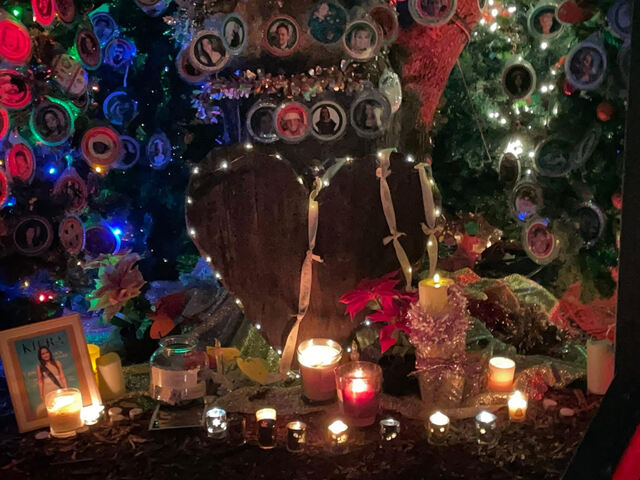On May 19 1922, the Lilydale war memorial was officially unveiled by the Governor of Victoria, His Excellency the Earl of Stradbroke, in front of a large crowd of local residents.
This era was a period of great mourning in Australia, after the heartache and sorrow of the First World War, and much of the community’s grief was channelled into the creation of war memorials like this one. Almost every town and village in the district erected some sort of permanent symbolic reminder of its citizens who had answered the Empire’s call.
The Lilydale war memorial was created and funded by the Lilydale community and cost £800 at the time. The cenotaph part of the monument is made of granite and was designed to carry the names of the men from the town who died while on active service in the Great War. On the top was placed a life-sized statue of an AIF soldier, complete with uniform and rifle, made of concrete.
Positioned around the memorial were several artillery pieces, captured German war trophies, that included a machine gun on a stand, two light trench mortars on wheels and a howitzer cannon. These were put with the old naval gun already here that had come from the colonial ship HMVS Nelson.
A report at the time described the unveiling ceremony as ‘one of the greatest events which has ever been celebrated in Lilydale and worthy of the self-denying acts of our brave and illustrious boys, who counted life not dear to them when the fate of the Empire trembled in the balance’.
In the decades that followed, the memorial became the scene of Anzac Day and Armistice Day ceremonies for the Lilydale community. During that time some things around the monument were changed, most notably the concrete digger on the top, whose condition had become so dilapidated that the RSL asked the council to have it removed from the memorial, which it did in the mid-1940s. So too the war trophy guns around the memorial, their condition was so poor that they also had to be taken away.
After World War II, the names of those locals who had died in that conflict were added to the memorial and were unveiled in 1950. Although the statue wasn’t replaced, the RSL came up with the idea of placing a light with a stand and large glass globe on to the top of the monument. They purchased these items but had much trouble trying to connect it to power and as a result the light was never used and was eventually taken down.
Over the next sixty years services continued to be held here. Surprisingly, on a number of different occasions, the RSL requested council relocate the memorial and on other occasions the council asked the RSL, as custodians, if they could move it. None of these requests were ever acted upon.
In 1996, the post-World War II wall honouring those who served in Korea, Malaya, Borneo, Vietnam and on peacekeeping operations was created and unveiled by Major-General Jim Hughes. Other memorial plaques such as the militia plaque and the JD Burns memorial followed and the area was renamed the Ralph Goode Reserve after the first man from Lilydale to enlist in World War I.
As crowds attending the Anzac Day dawn service grew each year, in 2018 the club’s president, Don Parsons, began to make moves around the long-held idea of reproducing and reinstalling a soldier statue back on top of the memorial. Working with stone mason James McAuley, they planned to re-create the statue in long lasting Carrara marble, using designs they found from similar statues on the war memorials at Bonnie Doon and Yarram, with a base in Harcourt granite to match the original design.
The whole project cost $53,000 and included a grant of $20,000 from the Federal government and a grant of $20,000 from the Department of Premier and Cabinet. Plans for the project to be unveiled on May 17 last year were put on hold due the Covid-19 pandemic and the sad passing of Don Parsons.
The eye-catching new statue was eventually unveiled on Sunday 11 April 2021 and now stands on top of the Lilydale War Memorial, overlooking the town, now and for generations to come.

